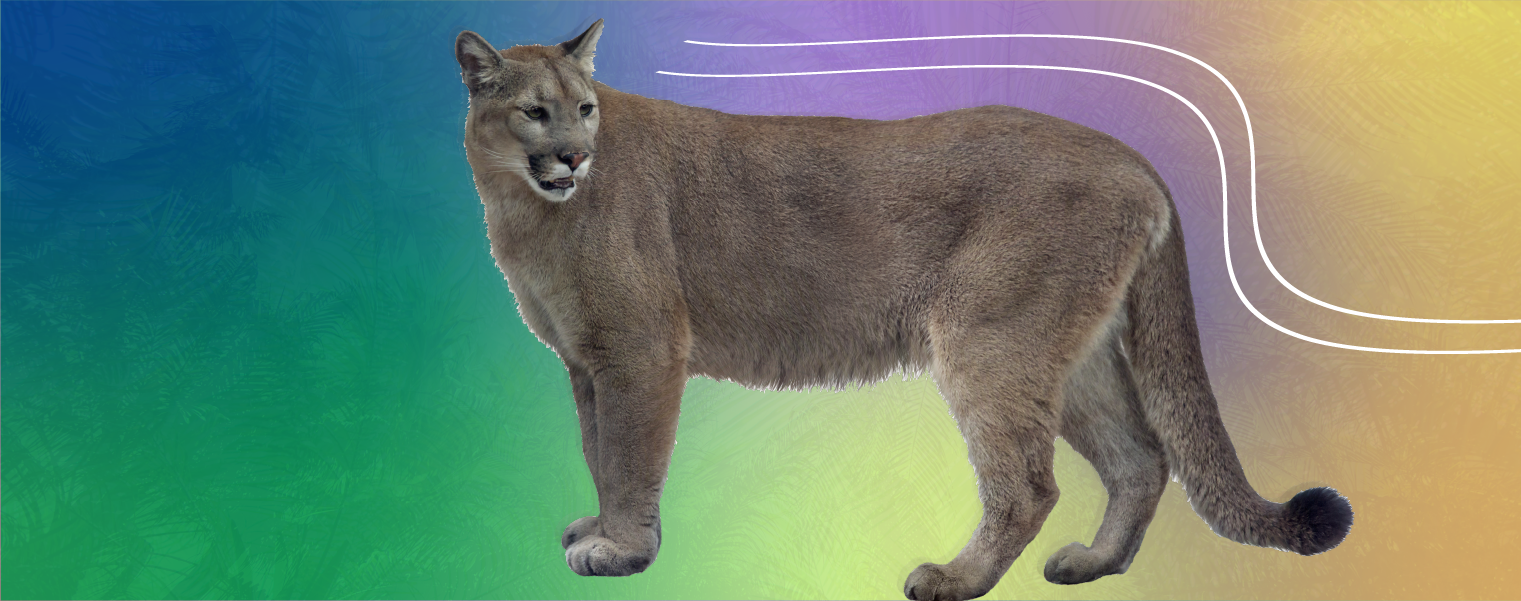05/20/2022
Florida Atlantic: Solar Energy Threatens Florida Panthers
Reducing the energy industry’s carbon footprint is impeding a large carnivore’s paw print, according to a study by researchers in the Charles E. Schmidt College of Science.
Results of the study, published in the Journal of Applied Ecology, show that most often, installation of utility-scale solar energy (USSE) facilities to combat carbon emissions and climate change were on grasslands, pastures, agricultural lands and forests. The findings suggest a substantial bias in locating USSE facilities within rural and undeveloped lands, which will push Florida panthers into less favorable habitat and debilitate corridors to available habitats the panthers rely on to survive. Males need about 200 square miles, and their survival relies on their ability to move from protected area to protected area through wildlife corridors, according to authors Olena V. Leskova, doctoral student, Scott H. Markwith, Ph.D., a professor in the Department of Geosciences, and Robert A. Frakes, Ph.D., an ecologist specializing in panther habitat modeling and conservation.
If you would like more information, please contact us at dorcommunications@fau.edu.

"Solar Energy Threatens Florida Panthers" comes from the Florida Atlantic Magazine. View stories like this and more at www.fau.edu/newsdesk/magazine.
